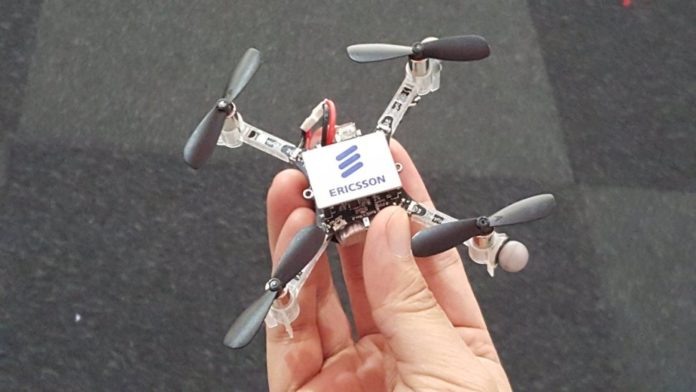
Ericsson and UScellular tested drone technology at various altitudes using the operator’s 5G network as part of a plan to use mobile-connected aerial vehicles for various use cases.
Initial visual line of sight trials were conducted in the US using a drone flown just over two miles between two of UScellular’s commercial 5G towers.
The drone was equipped with a 5G smartphone and RF measurement equipment which gathered performance metrics including signal strength and quality, upload and download speeds, and latency throughout the flights at different altitudes.
A UScellular representative told Mobile World Live (MWL) the drone reached heights of up to 400 feet during the tests.
The goal of the initial trial was to capture and analyse network connectivity and speed data in the air, and then compare those results to speeds on the ground to better understand the use of 5G connected drones.
Data was gathered using low- and high-band spectrum including LTE at 700MHz and 1900MHz, and 5G in mmWave and 600MHz.
Inspection
Potential use cases for drones include inspecting mobile and water towers. The 5G-connected drones could also be used to deliver medicine or other supplies in areas impacted by natural disasters.
While drones have been used for some time, 5G connectivity could enable them to reach areas beyond the visual line of sight, with footage live-streamed over UScellular’s network.
The use of real-time data collection could ensure the correct footage is captured, especially in hard-to-reach rural areas.
During the tests, UScellular completed several tower inspections using the drones with plans for additional trials into other use cases.
Narothum Saxena, VP of technology strategy and architecture at UScellular, noted the drones enable faster and safer real-time image and data sharing.
Earlier this month, AT&T tested 5G network capabilities on its drones, which it is in the process of updating for the next-generation technology.










